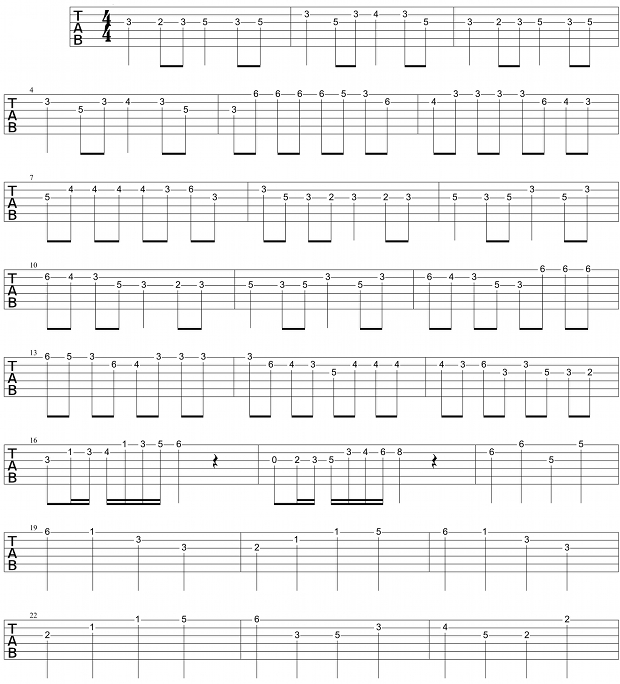Bent Out of Shape: Learning Mozart's Symphony No. 25 in G Minor, Part 4

Welcome back to "Learning Mozart's 25th Symphony in G Minor!"
It's been about a month since the last installment (which you can check out here), and I've been reviewing the previous parts.
In fact, here they are:
I have a few changes I'd like to suggest that I think will improve what we've already learned. As I said in the first lesson, I'm learning this piece section by section, so as we progress I might go back to previous parts with new ideas and suggestions.
Firstly, I think performing the piece unaccompanied sounds OK but lacks some crucial dynamics from playing the piece as part of an ensemble. For this reason, I've made a simple backing track that provides important counterparts, particularly from the bass/cello, which I feel greatly improves the experience of playing the piece. I've given you this backing track below. Use it to practice!
Note that it's for the entire piece — a lot of which we still have to learn. For now, just play along for as much you have learned. With each new lesson, you will progress further and further etc.
I'd also suggest that the arpeggios from Part 3 could be played with 16th-note tremolo picking instead of the violin "volume swell" technique I originally suggested. The video below demonstrates this, as well the new section we're about to learn.
Part 4 continues to focus on the relative major key of G minor, which is Bb major. Having said that, I've arranged most of this section to fit directly into shape 1 of G natural minor. For beginner guitarists, this is a good way to visualize how two different scales, in our case G minor and Bb major, can share the same notes.
The melody is not a challenge except for the ascending 16th-note scales in bars 16 and 17. These require a fairly good alternate-picking technique and should be practiced very slowly to ensure accuracy when playing them at the full tempo of 160 bpm.
The section ends with alternating Bb major and F major arpeggios, which could be played as single notes or 16th-note tremolo picking.

To end I would like address an issue which came up from my last lesson. One of things I like most about writing for Guitar World is reading all the comments, particularly on Facebook. Last week someone commented that they didn't know how read TAB. Many people pointed out that, rightly so, that we were all beginners at one point and shouldn't assume "everyone" knows how to read TAB. For this reason, I have made a short video guide to give you a basic idea of how to read TAB. Cheers!
Will Wallner is a guitarist from England who now lives in Los Angeles. He recently signed a solo deal with Polish record label Metal Mind Productions for the release of his debut album, which features influential musicians from hard rock and heavy metal. He also is the lead guitarist for White Wizzard (Earache Records) and toured Japan, the US and Canada in 2012. Follow Will on Facebook and Twitter.
Get The Pick Newsletter
All the latest guitar news, interviews, lessons, reviews, deals and more, direct to your inbox!
“There are so many sounds to be discovered when you get away from using a pick”: Jared James Nichols shows you how to add “snap, crackle and pop” to your playing with banjo rolls and string snaps
Don't let chord inversions bamboozle you. It's simply the case of shuffling the notes around







![Joe Bonamassa [left] wears a deep blue suit and polka-dotted shirt and plays his green refin Strat; the late Irish blues legend Rory Gallagher [right] screams and inflicts some punishment on his heavily worn number one Stratocaster.](https://cdn.mos.cms.futurecdn.net/cw28h7UBcTVfTLs7p7eiLe.jpg)


